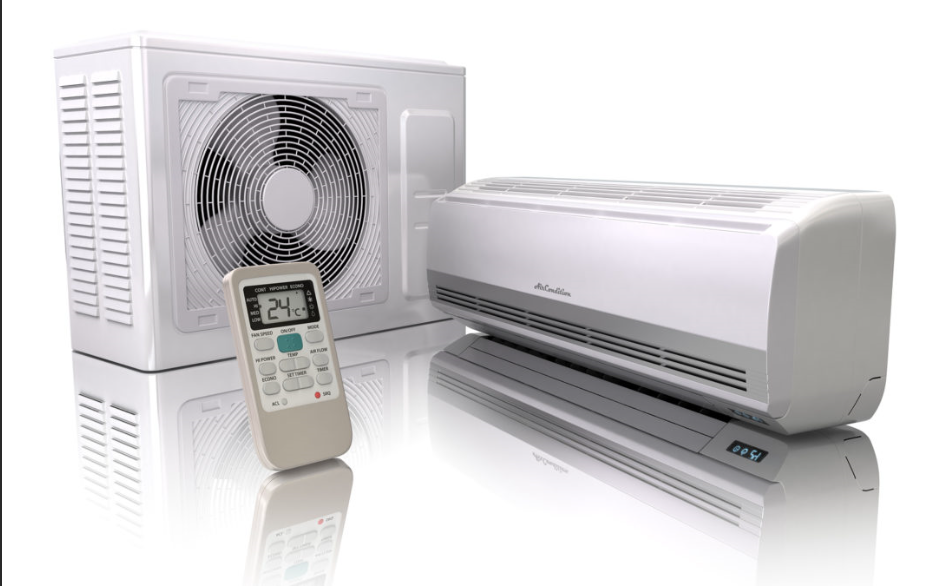Top Advantages of Mini-Split Systems

By: Reggie Hucks | Dec 02, 2019
The mini-split heating and cooling system was an idea that evolved from the basic window air conditioner. Window units are simple installations that offer room by room temperature control if enough are installed. However, window units are noisy. To minimize noise, the window unit compressor was moved to a remote location using refrigerant lines to connect to the inside fan-coil. As a result, the mini-split system was born. This product first saw mass appeal in Asian markets. Today these systems are found throughout the world and has become a big player in the domestic HVAC market.
Mini-split systems can have some big advantages over conventional ducted systems in their current form;
- They can provide zoned cooling or heating with no duct work or zone dampers.
- The installation location of the inside unit is somewhat flexible.
- With some systems, one outside unit can serve several inside units, which helps with installation costs.
- Because no ductwork is involved, all health issues associated with duct (dust, mold) are minimized.
- The systems are very quiet with remote control units that double as thermostats.
- Seasonal Energy Efficiency Rating (SEER) can go as high as 21, which is considered among the best ratings available.
Installation of the systems have evolved since they were introduced in the 1970s. In some configurations, the distance between the outside unit and inside units can be as much as 200 linear feet (distance apart). Height separation of 160 feet is possible. This was unheard of when the systems were first sold.
Electronic controls, variable speed motors, and high-performance coils allow systems to operate as low as 0 degrees Fahrenheit in the heating and cooling mode to 115 degrees Fahrenheit in the cooling mode. Additionally, these systems work with the latest refrigerants.
Are these units for everybody? Aesthetically, no, but that is improving too. Traditionally, the inside unit was located on the wall of a room. With the newest designs, inside units can be installed in ceilings, floors, or on walls.
Will these units eventually replace the traditional ducted HVAC system? For a lot of installations, yes. As technology continues to improve, mini-splits will be an obvious choice for many smaller homes, townhouses, and apartments. Units designed for the commercial markets are popular options too. While installation costs can be high with residential systems, real savings can be seen with commercial mini-split systems in some circumstances.
Overall these systems are high tech, quiet, reliable, and efficient. Brands such as Mitsubishi, Sanyo, Samsung, and Fujitsu were in the mini-split game early. Many other manufacturers have joined the competition. Traditional North American manufacturers like Trane and Lennox sell mini-splits, but most are rebranded Asian systems. This clearly indicates the strength of the Asian design.
New heating and cooling products are surely on the horizon. For now, the mini-split is a common-sense alternative to systems that require extensive ductwork, labor, and offer less precise indoor comfort. As a result, the mini-split should be a force in the market for decades to come.
If you are in need of CE hours, JADE Learning offers HVAC continuing education hours online.

